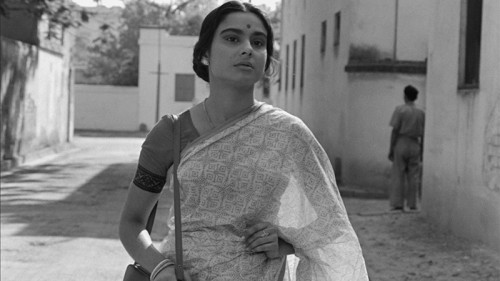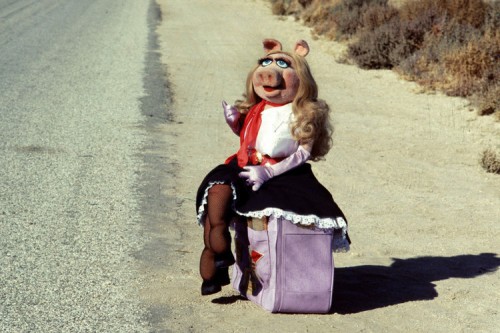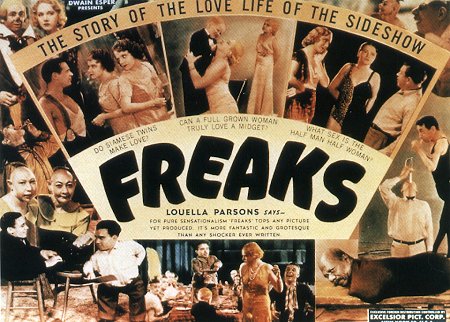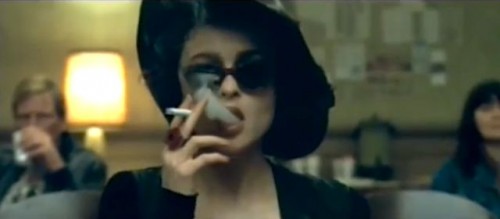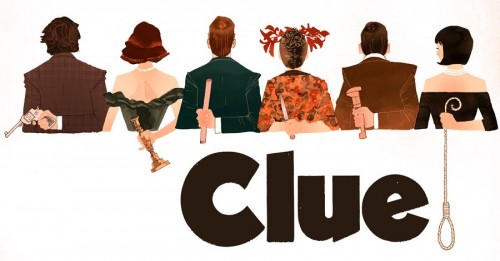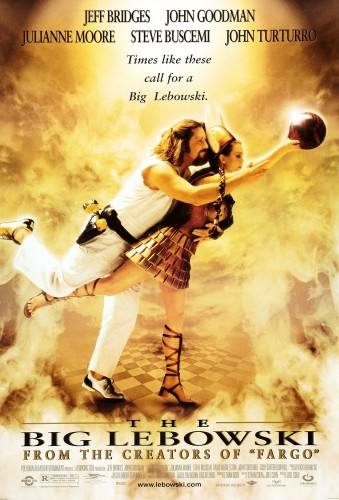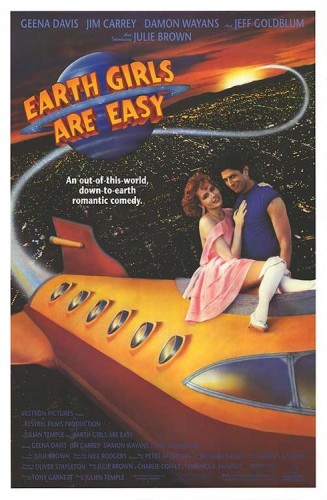A Role of Her Own: A Celebration of Satyajit Ray’s ‘The Big City’
Arati is, in fact, a great screen heroine. She is elegant, giving, gritty and spirited. Committed to supporting others, she has a strong personal and public moral code. She cares for both her loved ones and her fellow female co-workers. She buys presents for every member of the family when she gets her first salary and, although he has hurt her, she does not hesitate to praise her failing husband when she is with others. At work, Arati is not frightened of asking her boss for a raise and she learns to bargain with her colleagues for extra commission pay. When Edith’s virtue is slighted at work (the boss believes Anglo-Indians to be inherently promiscuous), she speaks out against the injustice and makes an extraordinarily risky yet heroic move. It is important to note that Arati is not regressively presented as a maternal martyr but as a dynamic, engaged worker and citizen.
